This Amy-Joseph plot is instantly more engaging than everything with Chris and Tony, even if the story Chris is writing veers closer to rom-com (or at least rom-drama) than anything Bergman ever made. And mercifully, when these characters go skinny-dipping, running nude from the camera in imitation of Harriet Andersson in Bergman’s “Monika,” nobody spells out the connection in dialogue.
“Bergman Island” increasingly plays up its metafictional elements, and it’s interesting to ponder whether the romantic tension between Amy and Joseph would be as effective if it weren’t surrounded by a completely inert framing narrative. In any case, there’s a good film inside “Bergman Island,” and it’s a movie that Bergman fans wouldn’t want to go anywhere near.
The mysteries of the creative process were the theme of the day at Cannes, where the other competition film to premiere, Ryusuke Hamaguchi’s “Drive My Car,” also centers on a couple—one a screenwriter, the other a stage actor and director—who work in drama. But it’s much stranger than “Bergman Island.” For instance, the opening credits don’t begin until more than 40 minutes in. (The film as a whole runs three hours.) And although it’s based on a short story by Haruki Murakami, “Drive My Car” has a freehanded structure that will be familiar to viewers of Hamaguchi’s “Happy Hour,” which runs more than five hours and seems to let the characters’ whims and conversations dictate the shape of the narrative. This is actually Hamaguchi’s second feature of the year, after “Wheel of Fortune and Fantasy,” shown at Berlin, a three-part film on the theme of happenstance that keeps twisting in on itself.
The closest analogue to Hamaguchi is the great French director Jacques Rivette, who like Hamaguchi was unafraid of long running times and was interested interested in the interplay between theater and film. The stage-actor-and-director character, Kaufuku (Hidetoshi Nishijima), takes a residency in Hiroshima where he will direct a production of “Uncle Vanya.” Through the casting process, the production ends up being multilingual: one performer will speak Japanese, another Mandarin, another Korean sign language—all, of course, in a Russian play. (There are projected supertitles for the benefit of the audience.)
You can view the original article HERE.


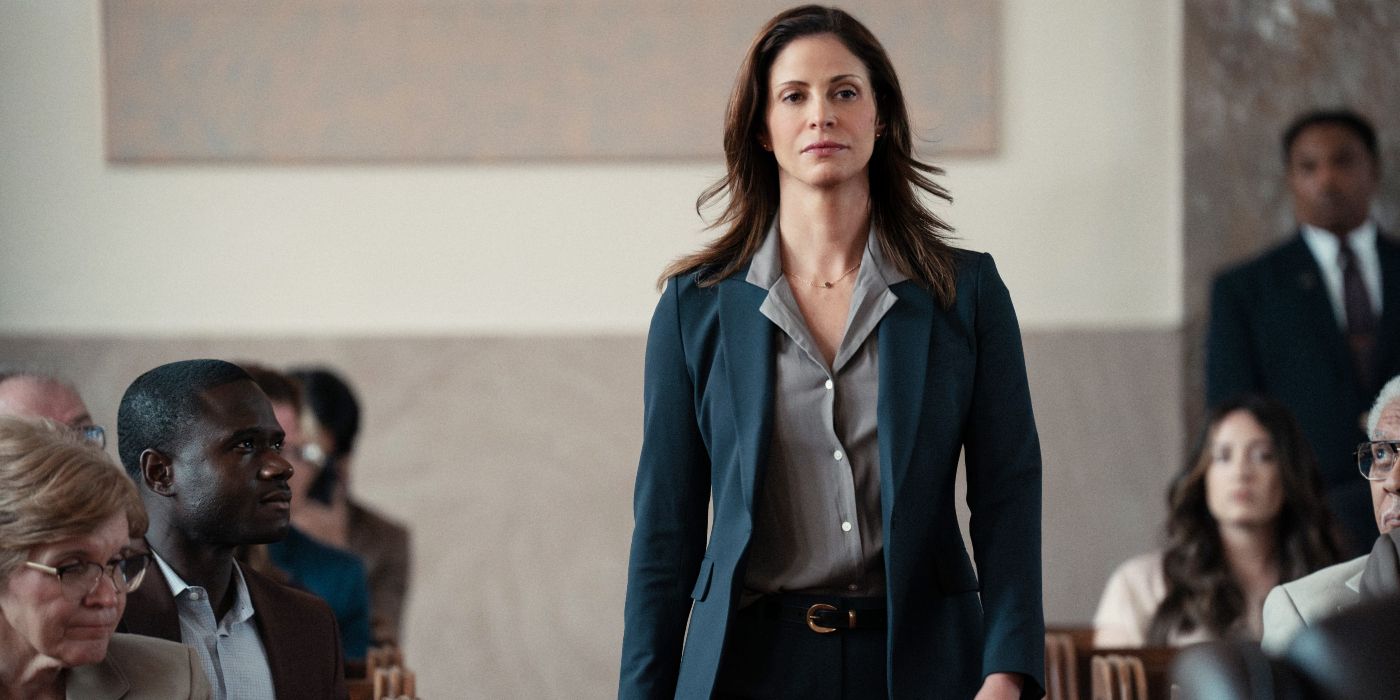






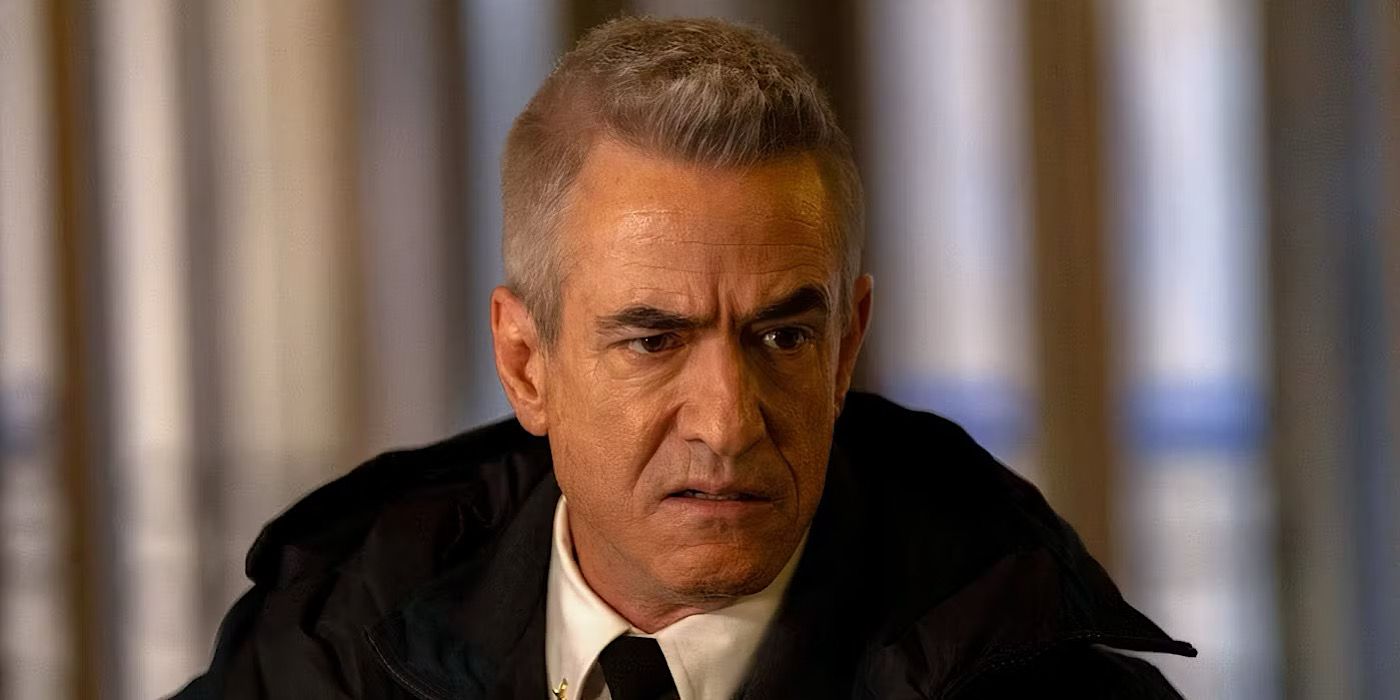





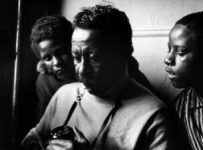

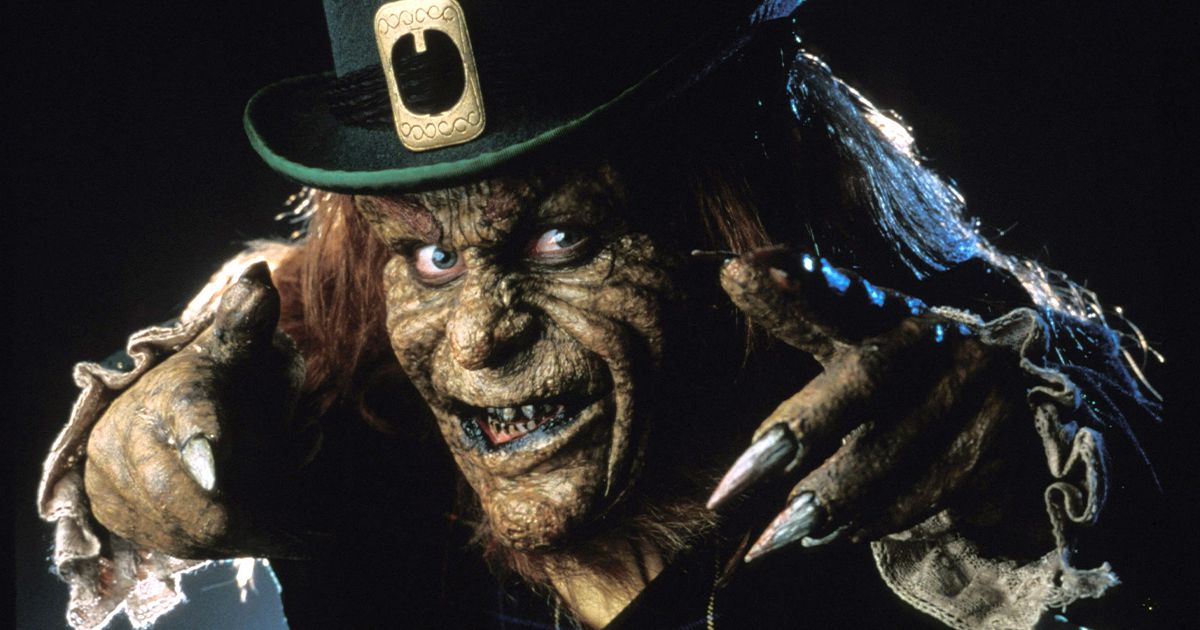

![Tom Hardy & Guy Ritchie’s ‘MobLand’ Crime Drama Lands [X] Rotten Tomatoes Score Tom Hardy & Guy Ritchie’s ‘MobLand’ Crime Drama Lands [X] Rotten Tomatoes Score](https://static1.moviewebimages.com/wordpress/wp-content/uploads/2025/03/tom-hardy-in-guy-ritchie-s-mobland.jpg)




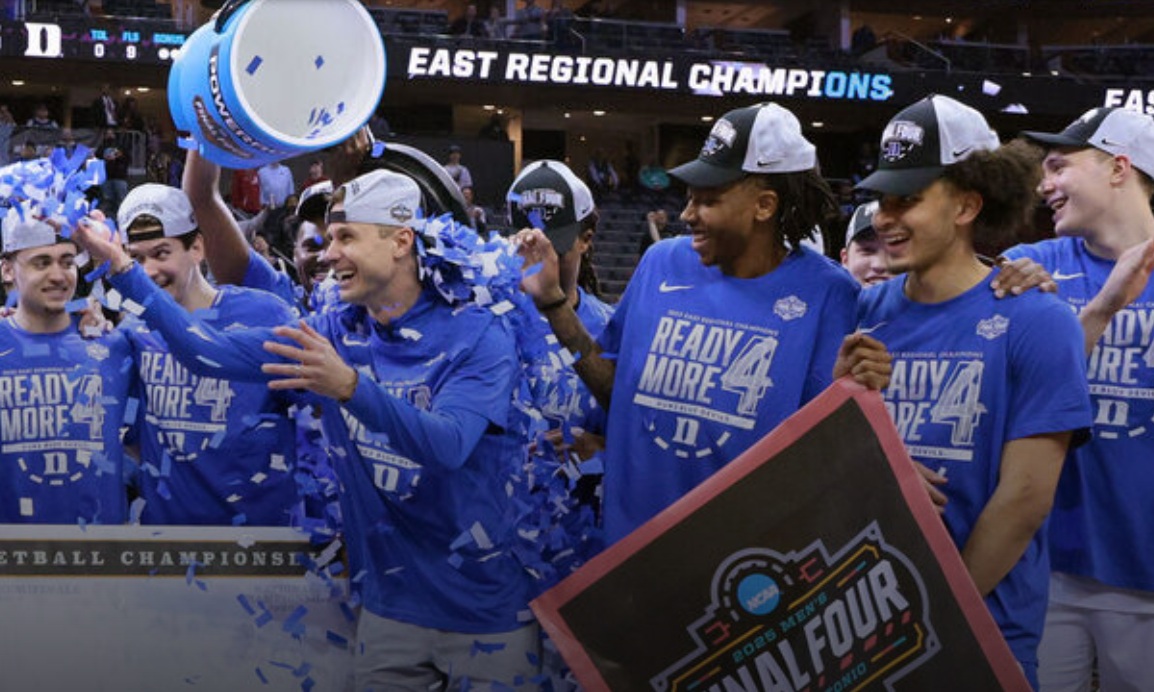
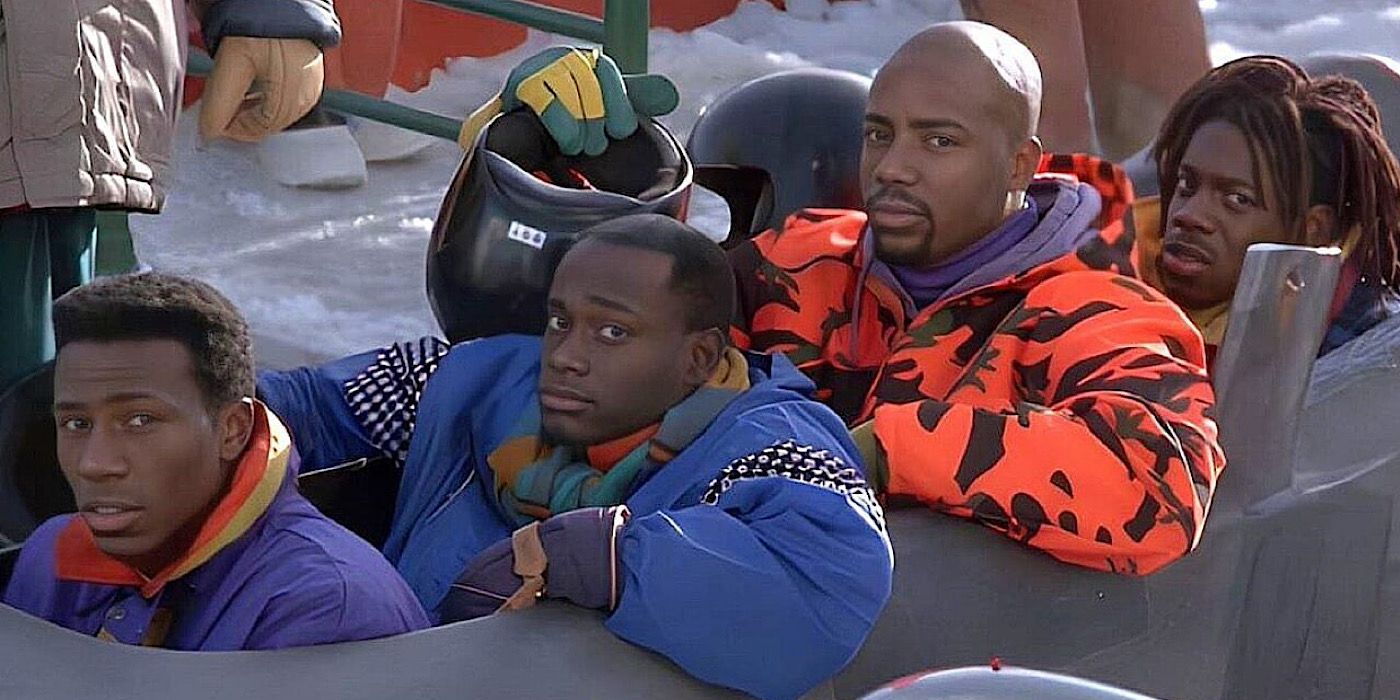
:quality(85):upscale()/2025/04/01/828/n/1922564/9432574867ec361a713285.06370027_.jpg)


